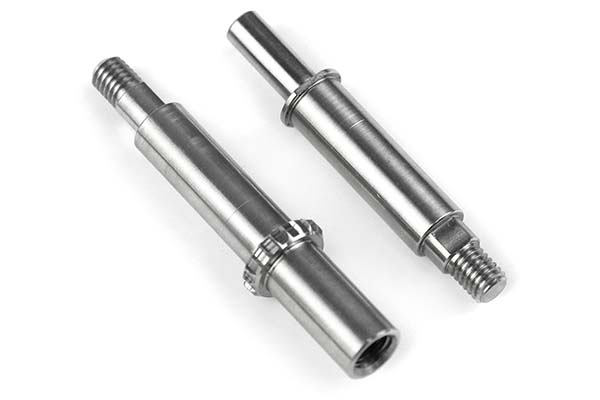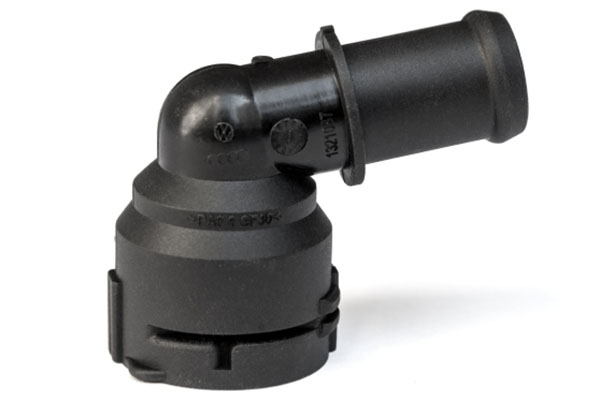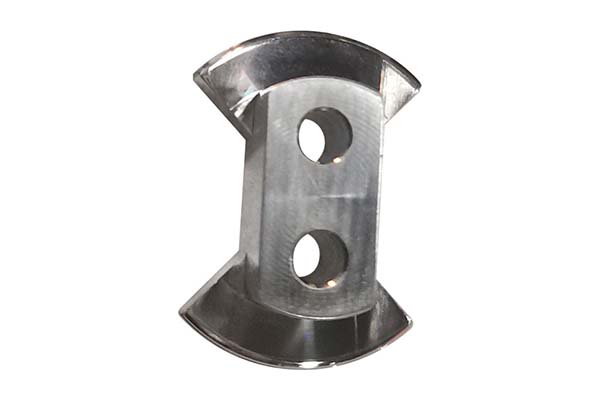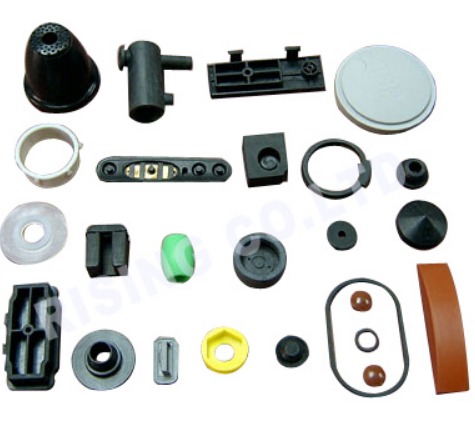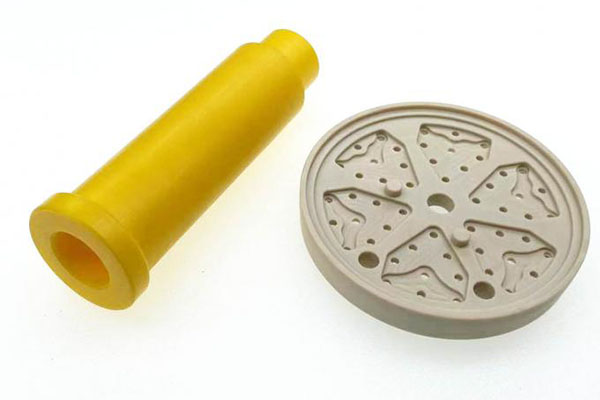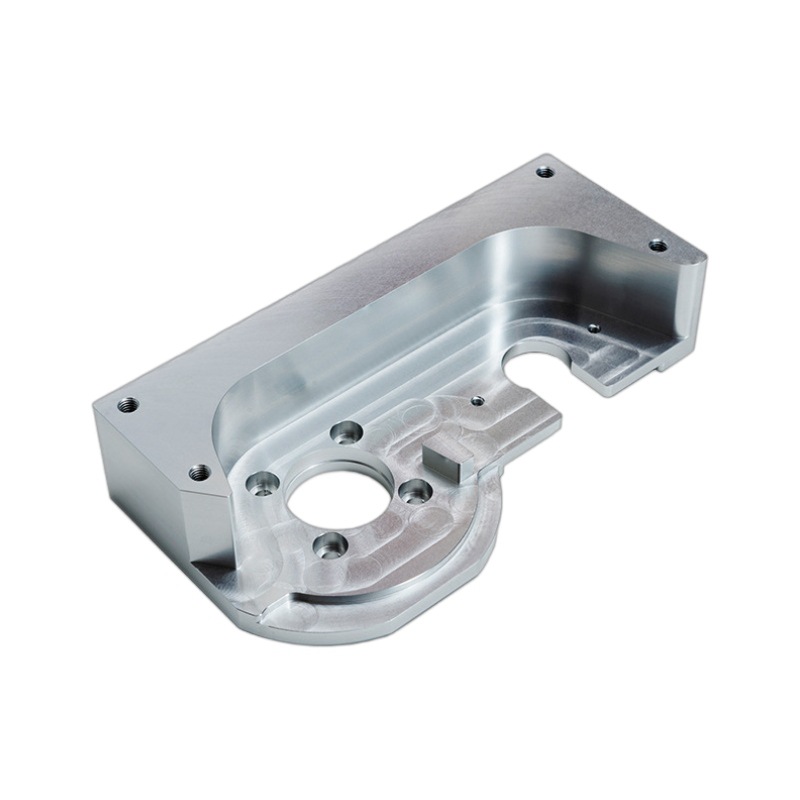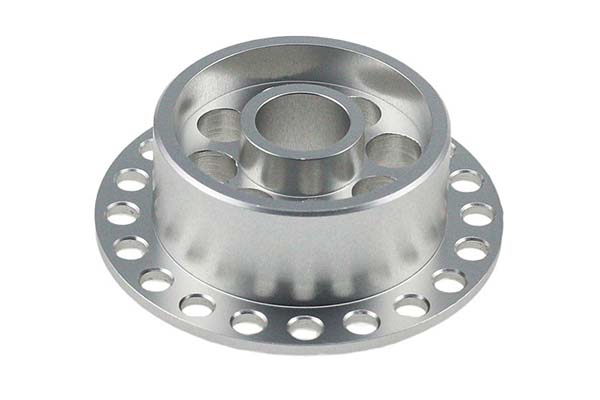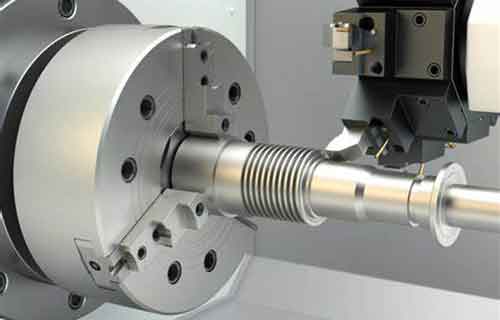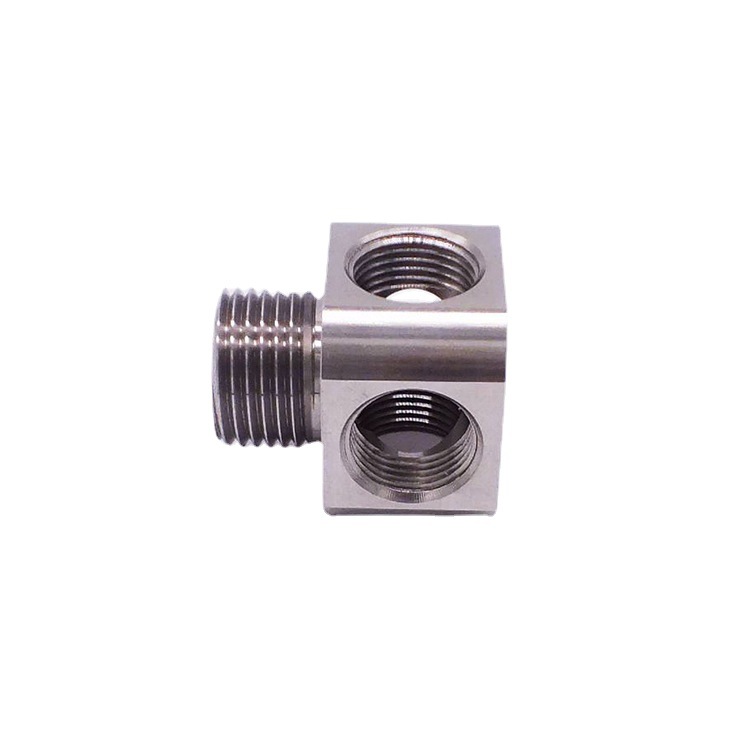Tool Steel H13 is a premium hot work tool steel renowned for its exceptional thermal stability and toughness, but machining it presents significant challenges. Its high hardness—even in the annealed state—and resistance to thermal fatigue make it difficult to cut, leading to rapid tool wear and increased production costs. Many manufacturers struggle with achieving tight tolerances due to its tendency to work harden, while improper heat treatment can compromise its performance in high-temperature applications like die casting. Additionally, selecting the right cutting tools and parameters is critical to avoid surface defects and ensure tool longevity. This guide addresses these pain points, providing proven strategies to optimize CNC machining Tool Steel H13 for efficiency, accuracy, and reliability in demanding industrial applications.
Material Properties and Characteristics
Tool Steel H13 is a chromium-molybdenum-vanadium alloy engineered for high-temperature performance and durability:
- Material Composition: Contains 0.32-0.45% carbon, 4.75-5.50% chromium, 1.10-1.75% molybdenum, 0.80-1.20% vanadium, 0.20-0.50% silicon, and 0.20-0.50% manganese. This precise blend enhances hot hardness, wear resistance, and thermal shock resistance—key for hot work applications.
- Physical Properties:
- Hardness: 200-250 HB in the annealed state, increasing to 42-50 HRC after heat treatment. Its ability to maintain hardness at elevated temperatures (up to 600°C) makes it ideal for hot stamping and die casting.
- Toughness: Excellent, with impact energy of 20-30 J at room temperature and retained toughness at high temperatures, resisting cracking under thermal cycling.
- Wear resistance: Superior to many tool steels, thanks to vanadium carbides that form hard particles in the microstructure.
- Thermal stability: Low thermal conductivity (25 W/m·K) and high thermal expansion (11.5 × 10⁻⁶/°C) require careful temperature management during machining and service.
- Microstructure: Consists of a martensitic structure after heat treatment, with fine, evenly distributed carbides. Annealing produces a ferrite-pearlite structure with uniformly dispersed carbides, improving machinability. The grain size (typically ASTM 6-8) contributes to its toughness and wear resistance.
These properties make Tool Steel H13 the material of choice for tools and dies subjected to high temperatures, rapid heating/cooling cycles, and heavy mechanical loads.
CNC Machining Processes
Core Machining Operations
CNC machining Tool Steel H13 requires specialized techniques to handle its high hardness and work hardening tendency:
- Milling: Used for creating complex die cavities and 3D features. 4-flute carbide end mills with TiAlN coatings are preferred, with cutting speeds of 50-80 m/min for annealed material. Climb milling reduces work hardening by minimizing tool contact with already deformed surfaces.
- Turning: Suitable for cylindrical components like extrusion dies. Uses carbide inserts with negative rake angles to withstand high cutting forces, with speeds of 40-60 m/min and feeds of 0.10-0.15 mm/rev.
- Drilling: Requires carbide-tipped drills with parabolic flutes to manage chip evacuation. Speeds of 30-50 m/min and feeds of 0.05-0.10 mm/rev prevent overheating, with peck drilling recommended for deep holes (>5× diameter).
- Grinding: Achieves final dimensions and surface finishes (Ra 0.4-0.8 μm) on heat-treated parts, ensuring tight tolerances (±0.005 mm) for critical die surfaces.
- EDM (Electrical Discharge Machining): Ideal for intricate shapes and hard-to-reach features in fully hardened H13 (45+ HRC). Wire EDM achieves precision cuts with surface finishes of Ra 0.8-1.6 μm, avoiding the mechanical stresses of conventional machining.
Machining Parameters Optimization
- Cutting speed: Lower than for alloy steels like 4140—50-80 m/min for annealed H13, 20-40 m/min for pre-hardened material (35+ HRC). Reducing speed by 10% extends tool life by 20-30%.
- Feed rate: 0.05-0.15 mm/rev for turning, 0.03-0.08 mm/tooth for milling. Conservative feeds minimize work hardening and tool deflection.
- Depth of cut: 1-2 mm for roughing, 0.1-0.3 mm for finishing. Deeper cuts during roughing remove material before significant work hardening occurs.
- Coolant: High-pressure flood cooling (100-150 bar) with water-soluble coolants (8-10% concentration) is critical to dissipate heat and prevent thermal damage to both tool and workpiece. Oil-based coolants are unsuitable due to flammability risks at high cutting temperatures.
Tool Steel Applications
Tool Steel H13 is indispensable in industries requiring tools and dies for high-temperature processing:
- Die casting: Used for aluminum and magnesium die casting molds, where its thermal stability (up to 600°C) and resistance to molten metal erosion ensure long tool life. A case study showed H13 dies lasting 3× longer than H11 dies in high-pressure aluminum casting.
- Hot stamping: Ideal for automotive hot stamping dies, forming high-strength steel components (e.g., door beams, bumper reinforcements) at 900-950°C. Its toughness resists cracking from thermal cycling.
- Injection molding: Employed for plastic injection molds requiring high production volumes, especially for engineering plastics (e.g., nylon, PEEK) processed at elevated temperatures.
- Extrusion tools: Extrusion dies for aluminum and copper benefit from H13’s wear resistance and ability to maintain dimensional stability under high pressure and temperature.
- Forging dies: Used in hot forging of steel and aluminum parts, withstanding repeated heating and cooling cycles without deformation.
Heat Treatment and Hardening
Tool Steel H13 requires precise heat treatment to optimize its high-temperature properties:
- Annealing: Heating to 850-880°C, holding for 2-4 hours, then cooling slowly (≤10°C/hour) to 500°C. Reduces hardness to 200-250 HB, improving machinability and preparing the material for hardening.
- Austenitizing: Heating to 1020-1050°C, holding for 30-60 minutes (depending on section size), then quenching in oil or polymer. This forms a martensitic structure, the basis for subsequent hardening.
- Tempering: Typically performed at 520-600°C for 2-4 hours, followed by air cooling. Multiple tempering cycles (2-3) ensure complete transformation of retained austenite, achieving:
- 48-50 HRC for maximum wear resistance (e.g., extrusion dies)
- 44-46 HRC for balanced toughness and hardness (e.g., die casting molds)
- 42-44 HRC for maximum toughness (e.g., hot stamping dies)
- Nitriding: A surface treatment adding 5-15 μm hardened layer (65-70 HRC) to improve wear resistance without reducing core toughness. Ideal for die casting molds requiring extended service life.
- Post-Treatment: Stress relief at 600°C after machining removes residual stresses, preventing distortion during hardening. Grinding and polishing achieve final dimensions and surface finish, with Ra 0.4 μm common for die cavities to ensure smooth part ejection.
Tool Maintenance and Longevity
Proper maintenance ensures extended service life for H13 tools and dies:
- Maintenance Practices:
- Regular cleaning with non-abrasive solutions removes residue (e.g., molten metal, plastic) that can cause corrosion or pitting.
- Lubrication of moving parts with high-temperature greases (operating range -20 to 260°C) prevents wear during die cycling.
- Inspection using magnetic particle testing (MPT) detects surface cracks, critical for identifying early signs of fatigue in hot work tools.
- Tool Repair:
- Welding with matching H13 filler metal repairs minor damage (e.g., edge wear), followed by reheat treatment to restore properties.
- Grinding removes worn surfaces, extending die life by 20-30% before replacement is needed.
- Longevity Factors:
- Proper handling: Avoiding mechanical shocks and extreme temperature changes prevents cracking.
- Correct machining parameters: Minimizing work hardening during machining reduces stress risers that can lead to early failure.
- Regular maintenance: Scheduled inspections and repairs catch issues early, preventing catastrophic failure and unplanned downtime.
Yigu Technology’s Perspective
At Yigu Technology, we specialize in CNC machining Tool Steel H13 for die casting, hot stamping, and injection molding clients. Our experience shows that using ceramic-coated carbide tools (Al₂O₃-TiN) reduces wear by 50% compared to standard TiAlN coatings when machining annealed H13. For EDM work on hardened H13 (45-48 HRC), our wire EDM machines achieve ±0.002 mm tolerances, critical for die cavity accuracy. We recommend machining H13 in its annealed state, followed by heat treatment and precision grinding to meet final specifications—this approach minimizes tool costs and ensures dimensional stability. Our heat treatment partners provide consistent hardness (±1 HRC) and tight control over grain size, essential for die performance. With ISO 9001 and IATF 16949 certifications, we deliver H13 components that balance precision, durability, and cost-effectiveness for high-temperature applications.
FAQ
- What makes Tool Steel H13 suitable for high-temperature applications?
Tool Steel H13 retains hardness at elevated temperatures (up to 600°C) due to its material composition (chromium, molybdenum, vanadium) and martensitic structure. Its thermal shock resistance and toughness prevent cracking under rapid heating/cooling cycles, making it ideal for hot stamping, die casting, and extrusion tools.
- How does machining Tool Steel H13 differ from machining Alloy Steel 4140?
CNC machining Tool Steel H13 requires 30-50% lower cutting speeds (50-80 m/min vs. 90-120 m/min for 4140) and more wear-resistant tools (ceramic-coated carbide vs. standard carbide). H13’s higher vanadium content increases work hardening, demanding sharper tools and more aggressive cooling to maintain surface quality.
- What heat treatment is best for H13 used in die casting molds?
For die casting molds, austenitizing at 1020-1050°C, quenching, then tempering at 550-580°C achieves 44-46 HRC. This balances hardness for wear resistance with toughness to withstand thermal cycling. Optional nitriding adds a hard surface layer, extending mold life by 30-50% in aluminum casting applications.
